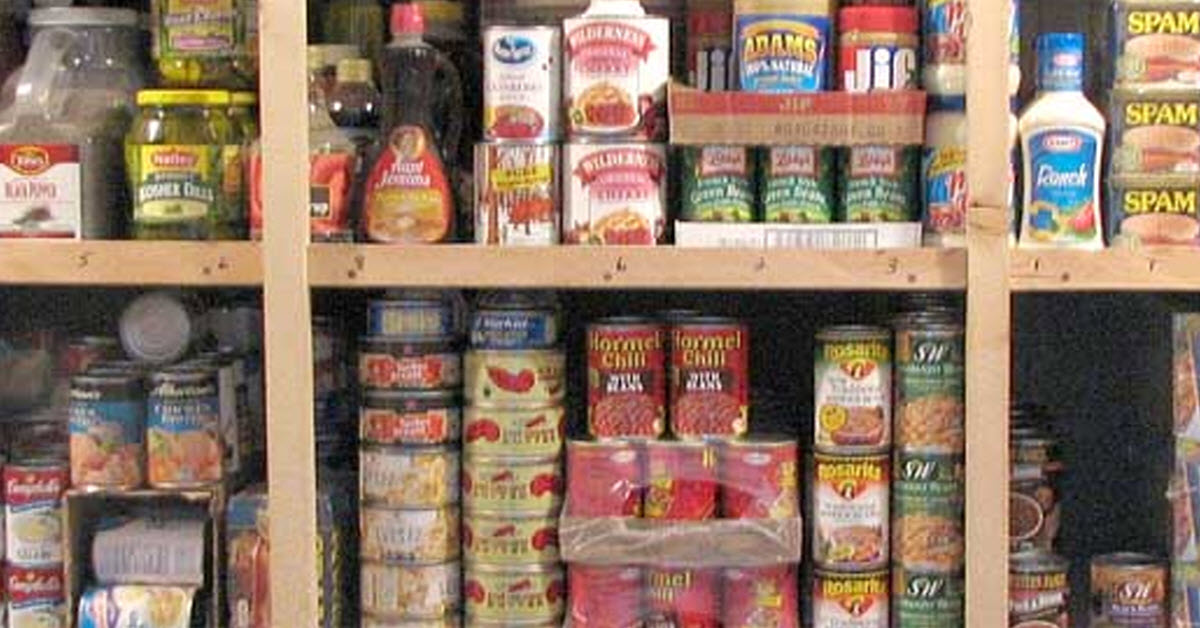Many people stress over storing food for long-term survival. They likely do so because they are just starting out and wonder if they will be able to store everything necessary to keep their family alive and well fed during a crisis. Most emergency plans would call for at least three days of adequate food and water for the family. As many of us know, however, that food will disappear quickly when we experience a catastrophic event.
As is the case with many emergency situations, it is important not to get overly stressed over your survival pantry. In fact, if you do things the right way from the start, you may even find that it is an enjoyable process. The three things that you need to consider to make it a success include inventory, labeling and rotating.

Taking Inventory of Your Stock
When you have a survival pantry, it’s not just a matter of having food stored away for an emergency. A survival pantry is actually an asset that needs to be cared for and nurtured. If you go about it in a haphazard fashion, you may just find yourself in trouble when the SHTF.
Rather than just putting things into the survival pantry where you happen to have an open spot, take an inventory and write down everything that you have in the pantry, including when you bought it, when it expires and where it is located. This is the very beginnings of an inventory process that will allow you to use your survival pantry to the full.
Some people store their foods alphabetically and this certainly is an option that can help you to keep things in order. A better idea, however, is to store things according to the type of food. Put oils in one area, spices in another. The same would also be true for canned foods, dried foods, sugar and water. You should then have a diagram of your survival pantry that you can refer to as you rotate the stock.
Make Sure You Label the Food

It is important not to rely on the labels stamped on the food at the store. Put your own labels on everything and be sure that you include information about each type of food. This might include when you put it into storage, what type of food it is, how you plan on using it and when it expires.
As you continue to build up your survival pantry, you may end up purchasing bulk foods and putting it into generic containers. This is when labeling becomes imperative. You may also want to get creative by using colored stickers to make it easier to identify types or when they expire.
Don’t Forget to Rotate
One other factor that should not be overlooked is to rotate your stock regularly. This should be a part of your overall plan and it can work well for you and your family.
When you rotate your stock and regularly eat from your survival pantry while replacing the food at the same time, it doesn’t bite into your budget. It also allows you to get accustomed to living from the survival pantry, which may go well for you when disaster strikes.
